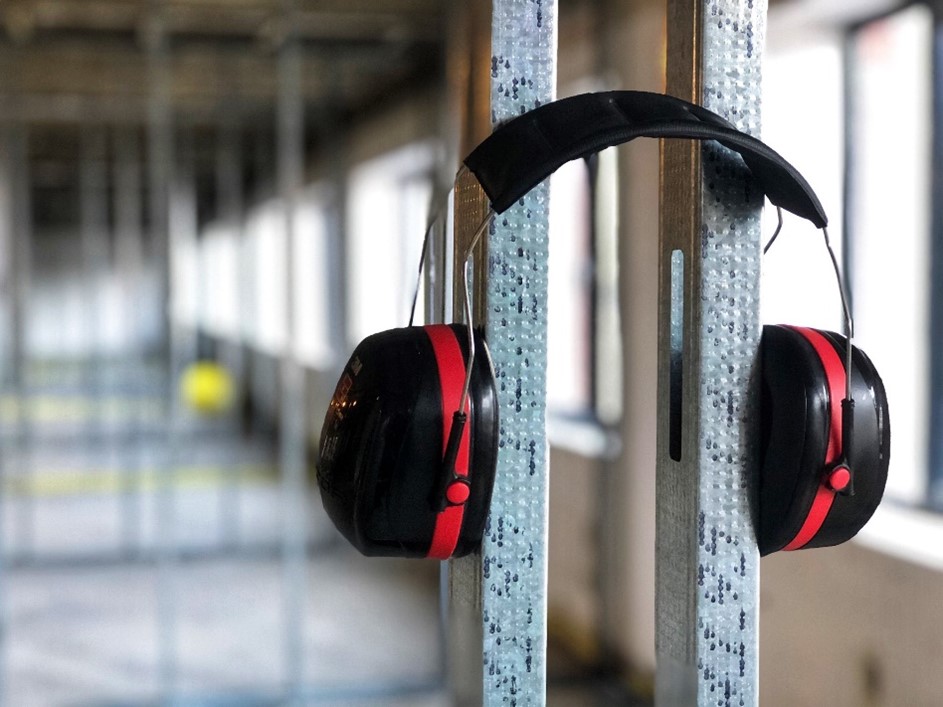
Sound Insulation in Historical Houses
Improving the Sound Insulation Performance in Historical Houses
Heavy concrete floors and masonry walls, therefore, have very good sound insulation properties; whereas single met-sec walls with 1 layer of standard plasterboard on either side and lightweight timber walls are much poorer acoustically and usually fail the sound insulation tests. This isn’t the whole story as by isolating materials by utilising resilient fixings and/or layered systems, the better the insulation performance for absorbing impact sounds.
Many companies try to improve their sound testing results by improving wall thickness and weight of the material, however, simply adding layers of plasterboard to a standard wall system often has little impact to the sound test results. There is also the problem of covering important architectural internal features found in historic buildings, such as detailed cornices and other mouldings; therefore this is often a contentious issue, especially if it’s an upgrade to a listed building.

Read more on Cost-Effective Soundproofing for Walls
Installing baffles within airbricks and blocking up redundant chimney flues are often enough to greatly improve the sound test results, secondary measures such as the installation of draught-proof strips to doors and applying the acoustic sealant to the skirting’s boards at the wall/floor junction can also be beneficial and improve the acoustic levels.
To improve ambient noise levels it may be better to make acoustic upgrades to the front of the house where roads etc. are usually located. There is usually just a garden at the rear so this will usually be less noisy.
In all instances, acoustically the weakest part of external walls will be the window units. These are often Sash units and subsequently are one of the most important features within the external façade of historic buildings.
Many councils/local authorities will not let you remove and replace original window units unless the frames are rotten and beyond reasonable repair, however decent acoustic improvements can be made by installing a draught-proofing strip to the opening lights, and by providing an acoustic caulk seal around the window frame. If it’s extremely noisy a secondary glazing units along with demountable shutters may be an option. One of the simplest improvements can be made via the installation of good quality heavy curtains fixed close to the wall; this can also be one of the most attractive upgrades.
If the building is being subdivided into new apartments then the walls between apartments will need to be sound tested in line with Part E for Converted Dwellings. In this instance, we can undertake sample sound testing on walls and floors to check the existing sound insulation performance. Thereafter we can forward an acoustic design to comply with Part E of Building Regulations as well as undertaking the final pre-completion sound testing.
If you would like more information in regards to sound testing and acoustic design for your historical development, please contact us at info@aptsoundtesting.co.uk or phone us on 0777 5623464 or visit the APT Sound Testing website today.